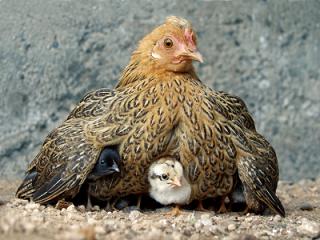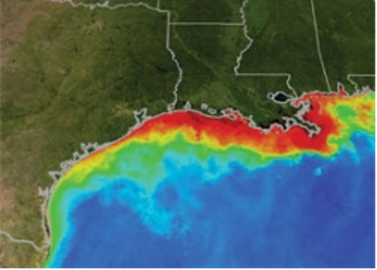Raising chickens at your own home is a hot trend. It’s part of the urban farming movement highlighted in a recent New York Times article, and being adopted by people who are avoiding chemicals and people who are appalled at the horrors of factory farming. One Texan who keeps hens in her back yard was profiled. “Her roommates are all vegetarian or vegan, she said, but even the vegans eat the house-raised eggs because they know that the birds are healthy and well cared for. ‘They are like pets who happen to bring us breakfast,’ she said.” 
In Lafayette (CA), John Kiefer, who has raised chickens for decades, is now teaching other people how to create a home-based chicken ranch, where you can keep hens in safe, humane housing you built yourself. In the last few years, John has held half a dozen workshops, and they’re always sold out.
It’s only fair to warn you, though, that in addition to organic eggs (of course you’d give them organic food to eat), chickens produce what let us delicately call “waste.” For those who have two or three birds in their back yard, not much of a problem. But those horrible factory farms I mentioned are polluting the nation’s waterways.
A report from the Pew Environment Group sums up the depressing picture:
- “In less than 60 years, the number of broiler chickens raised yearly has skyrocketed 1,400 percent, from 580 million in the 1950s to nearly nine billion today.
- Over the same period, the number of producers has plummeted by 98 percent, from 1.6 million to just over 27,000 and concentrated in just 15 states.
- The size of individual operations has grown dramatically. Today, the typical broiler chicken comes from a facility that raises more than 600,000 birds a year.”
The Pew report recommends restrictions on factory farming – but I wish they would simply be outlawed. It’s cruel to the animals to stuff them by the thousands into huge warehouses – and dangerous, since operators, knowing that thousands of chickens would die of the conditions, dose them with antibiotics. Tom Philpott, a great Mother Jones blogger, recently summarized some studies showing how common salmonella is in factory farms and how resistant to antibiotics (because of the excess precautionary dosing). Yuck!
If you eat eggs and don’t have time to raise your own chickens (humanely and organically, natch), try to find someone near you who is. According to the New York Times article mentioned earlier, he or she has plenty of eggs to give away.


